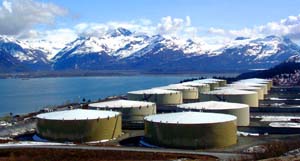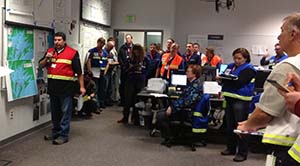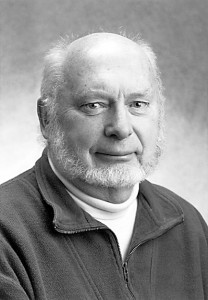How has oil transportation changed in Prince William Sound?
 Although the immediate cause of the spill was a navigational error on the part of the tanker’s captain and crew, complacency among the oil industry, regulatory agencies, and the public was found to play a part in the disaster.
Although the immediate cause of the spill was a navigational error on the part of the tanker’s captain and crew, complacency among the oil industry, regulatory agencies, and the public was found to play a part in the disaster.
Few prevention measures were in place and cleanup resources were inadequate.
Since 1989, regulatory agencies, the industry and citizens have been working together to learn lessons on how we can prevent oil spills and be better prepared to clean up if another spill should occur.
What has improved in oil spill prevention since the Exxon Valdez oil spill?
Double hulls
All tankers transporting oil through Prince William Sound are now double-hulled. Double hulls, basically two steel skins separated by several feet of space, are an effective design feature which can reduce or eliminate spills that result from groundings or collisions.

